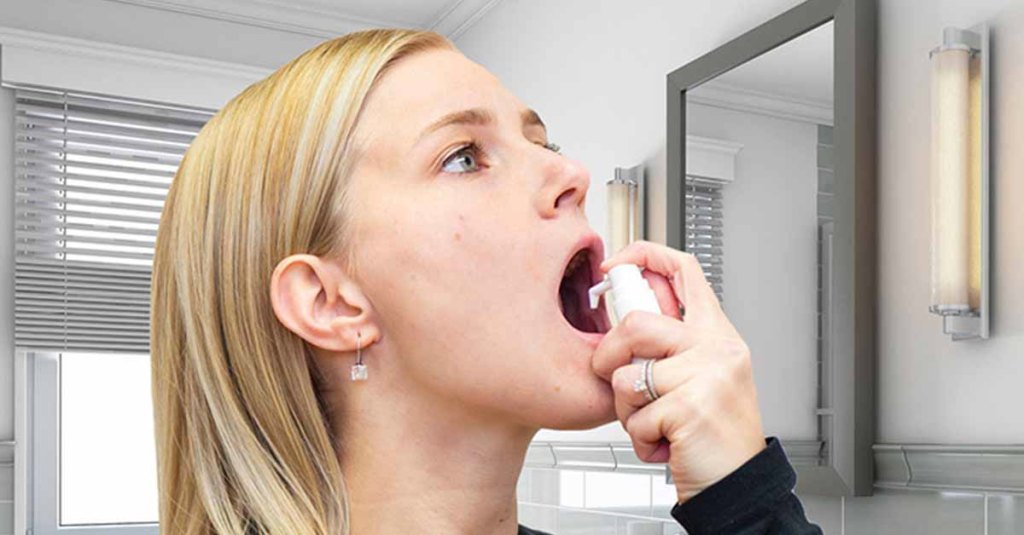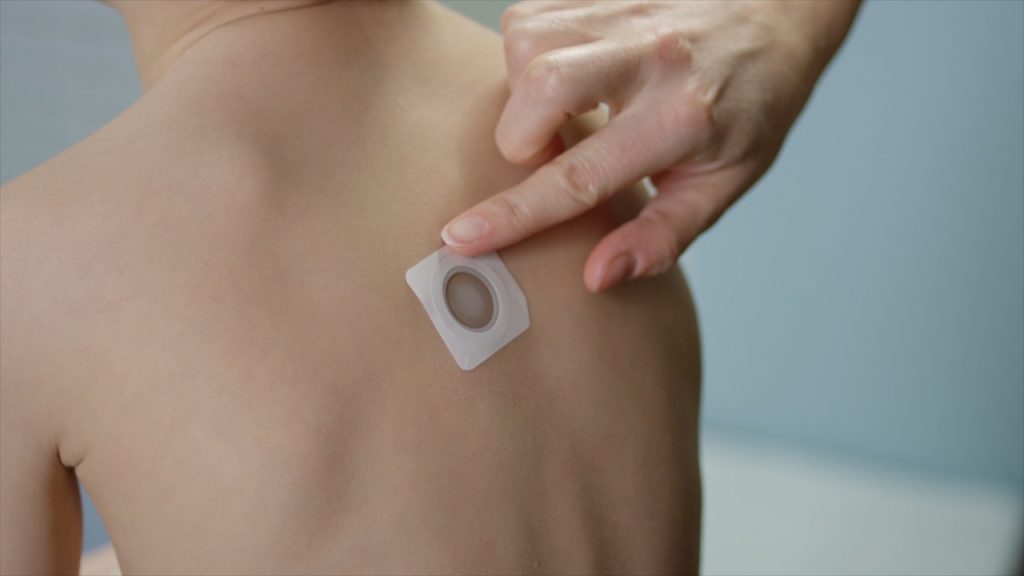Updated 4/13/23
Having children with severe food allergies can be very difficult on the parent as well as the child. However, other than plain avoidance, there are now actually a number of different options for families to consider.
If you have a child under 5, you have a particularly good chance of using some of these options (particularly OIT), to cure (not just desensitize!) your child’s food allergies. Researchers have found that the younger kids have much more lasting benefits of immunotherapy – meaning they could actually be cured(!) rather than just desensitized. My kids were unfortunately past that age when I learned that information – talk about some serious “wish I knew before!!!” Below is a list of treatment options that you can now consider.
#1 Oral immunotherapy (OIT)
Oral immunotherapy involves giving your allergic child increasingly larger amounts (over a long period like a year, etc) so that they gradually become desensitized to the allergen. OIT for peanuts and other nuts is the most studied, but it is available for other food allergens as well. This is known to have about 80% efficacy rate, but there are challenges with it. Patients regularly have mild reactions and sometimes anaphylactic reactions. It has the lowest safety profile of all the treatments so far, but is the most effective. We are trying this one! Read my OIT post to get the key details to help you decide if it’s right for your family.
Currently, you or your allergist will measure out your own daily doses of this allergen, but for those allergic to peanuts, AR101 also known as “Palforzia” is a “drug” coming out that is essentially pre-measured capsules of peanut protein.

#2 Sublingual immunotherapy (SLIT)
These are liquid drops that appear to have a higher safety profile (less side effects), but generally less efficacy than OIT. It’s also much easier than eating doses of your allergen each day. It involves putting small drops of liquified allergen underneath the tongue and holding it for a couple minutes – this also has to be done for 1+ years. Like OIT, it’s unclear how long the benefits of the therapy can last without regular dosing. Some OIT practitioners offer SLIT, but not many yet. SLIT is also available for environmental allergens. The most recent research out on SLIT found the efficacy rate to be about the same as OIT. If the research continues to be promising, this option may emerge as the option that most allergists will be comfortable with due to its safety profile.

#3 Peanut patch
This is a patch that you place on the skin that releases small amounts of peanut protein that mixes with your sweat to get into your skin. So far, the research says it’s not as effective as OIT or SLIT, but does offer some modest protection.

#4 Food Allergy Herbal Formula (FAHF-2)
This is a Chinese herbal medicine formula even less available than OIT or SLIT. As far as I could tell, only one group led by Dr. Xiu Min Li (Western medicine – validated doctor, for those who have a lot of doubts about Chinese herbal medicine) is investigating this, but they have had hopeful results. This medicine works by altering the patient’s immune system response and involves taking up to 30 herbal pills/day for an undetermined amount of time until lab results show bloodwork low enough to warrant food challenges. The patient doesn’t ingest any of the allergen until lab results indicate the body is ready. There is a Facebook group called “Chinese Herbs for Allergies” and people from all over the world (Australia, UK, etc.) work with her office for in-person or tele-consultations.
#5 Allergy release technique (ART)
This one is less well known than the ones mentioned above. I have not had a chance to read much about this method, but appears to be a homeopathic approach to strengthen the immune and digestive system first (through probiotics) and then gradual ingestion of the allergen (that part sounds like OIT). I found some news coverage and well-known chef Ming Tsai has a son who was cured of his allergies with this method and spoke about at on this episode of Dr. Oz.
#6 Peanut allergy vaccines and antibodies
These are fairly new and I haven’t gotten around to reading enough about them, but they sound promising and I wouldn’t rule out trying them even after having completed OIT. They seem only available in clinical trials for the near-term.
- Stanford just released news that an antibody treatment that they piloted was successful in allowing peanut-allergic patients to ingest about one peanut’s worth of peanut protein about two weeks after having received just one injection of the antibody. Compare that to the ~6 month process of OIT for one nut’s worth!
- Earlier this year, an Australian team through a company called Aravax, developed PVX108. PVX108 works as a peptide injection, under the idea that “the immune cells that cause allergy can be reprogrammed to become tolerant.”
#7 Promising: Nanoparticle with mRNA
UCLA immunologists released a study in which a nanoparticle with mRNA was able to reverse and prevent peanut allergy in mice. The study’s authors estimated that successful follow-up studies could lead to clinical trials in three years. Feels like a long way off, but the ability for a treatment to reverse a peanut allergy would be so huge! Read about the study here.
Resources
OIT
- https://www.oit101.org/faqs/#7
- https://www.oit101.org/top-10-oit-myths/#10
- https://www.nytimes.com/2019/09/13/health/peanut-allergy-children.html
SLIT
- https://www.jacionline.org/article/S0091-6749(19)31020-6/abstract
- https://snacksafely.com/2019/09/new-peanut-allergy-treatment-passes-phase-2-trial-shows-effectiveness-and-safety/
Peanut patch
- https://www.dbv-technologies.com/pipeline/viaskin-peanut/
- https://www.spokin.com/food-allergy-resources-treatments-the-peanut-patch
- https://medicalxpress.com/news/2019-02-peanut-allergy-patch-middling-results.html
FAFH-2
- https://med.stanford.edu/allergyandasthma/our-community/Talks/xiumin_li.html
- https://www.allergicliving.com/2015/12/15/dr-li-and-her-chinese-herbal-remedies/
- https://abcnews.go.com/Health/Healthday/story?id=6876529&page=1
- https://itchylittleworld.com/is-this-the-future-the-end-of-food-allergies-in-children/
ART
- http://allergyart.com/art-allergy-release-technique/
- https://www.doctoroz.com/episode/have-we-overblown-peanut-allergies?video_id=5757161587001
- https://boston.cbslocal.com/2017/05/15/food-allergies-lexington-nutrition-health-coach-lombardo-amy-thieringer/
Immune system injections
- Antibody treatment:
- Peptide injection:
Great overview. Would add another potential treatment / cure that is going into clinical trials (hopefully in 2020) – bacteriotherapy.
More info here:
https://www.sciencedaily.com/releases/2019/06/190624111545.htm
The company developing it being:
https://consortiatx.com/about/
Let’s hope one of these possible cures comes through at some point. In the meantime, we’re also doing OIT (for multiple allergens).
LikeLiked by 2 people
Thanks for the info! Which allergens are you doing?
I’ll have to check out the bacteriotherapy – I’ve read some about the linking of food allergies to the gut flora etc. Is it related?
LikeLiked by 1 person
Yeah, it suggests that there are five or six specific strains of gut bacteria present in people without allergies that are missing from people with allergies.
When they gave those bacteria to mice allergic to peanut, milk and wheat (I think), their allergies were reversed, i.e. cured. Usual caveats apply on non-human results and whether cure is truly permanent but there’s hope.
We’re doing peanut, sesame and several treenuts.
LikeLike